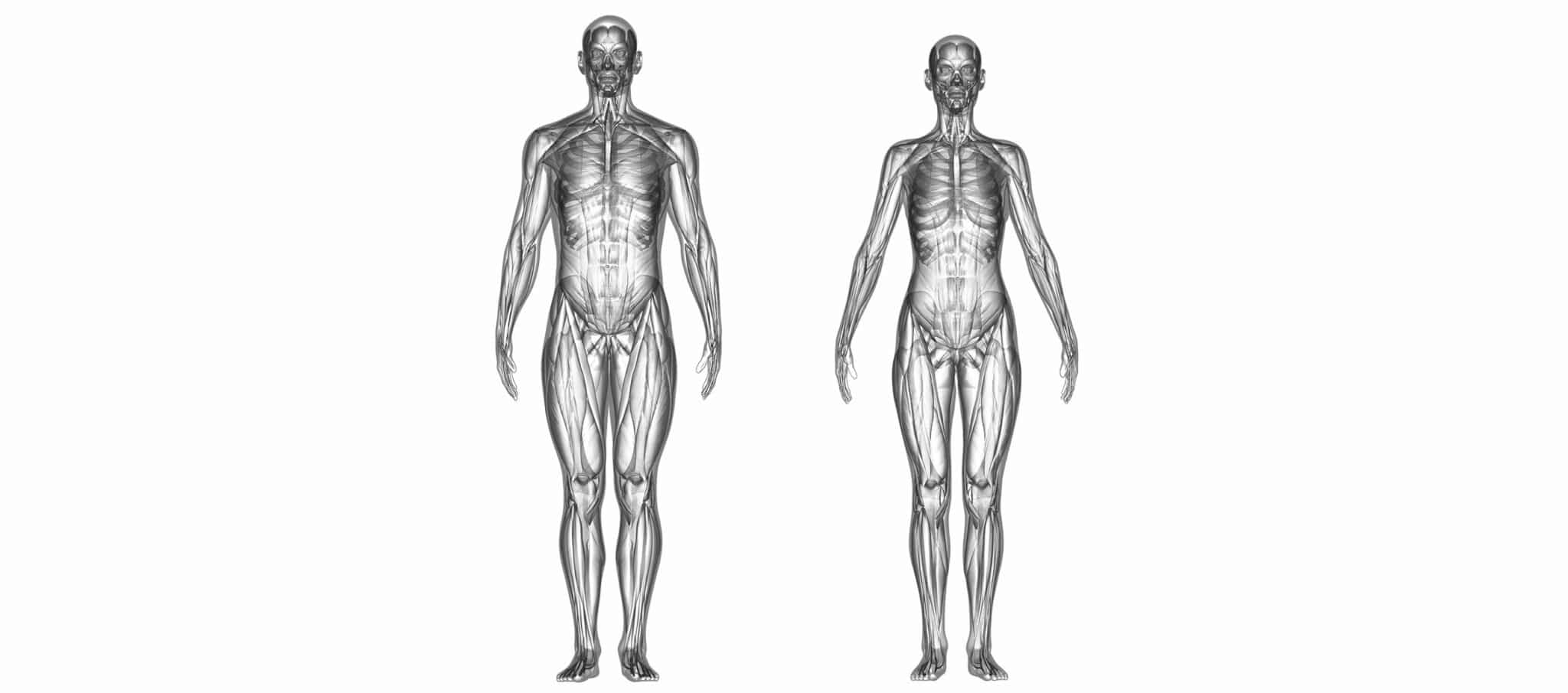Injuries treated with sports surgery
Sports surgery treats certain injuries of which the most damaged parts of the body are mainly the lower limbs (41 %), in partiuclar the ankle and the knee, and the upper limbs (37 %).
Among the top sports injuries, sprains represent 25 %, muscular damage 23 %, tendinopathies 22 %, contusions 10 %, pulled and torn muscles 10 %, and fractures 5 %. The most serious cases can be treated with sports surgery.
Sports surgery techniques
Depending on the case, age and general condition of the patient, there are a wide range of high-tech surgical techniques available.
Arthroscopy enables operations to be performed without opening the joint. A miniature camera is inserted to observe the damage, then the operation is performed using very small instruments. It is therefore less invasive resulting in minimal scarring and more rapid recovery. Among common operations in sports surgery, arthroscopy can be used to stitch up the meniscus, remove a lesion, reinforce or repair damaged ligaments, repair broken tendons, remodel damaged cartilage, and eliminate foreign bodies.
Sports surgery can involve ligament or cartilage grafts, and can also be used for osteotomies. An osteotomy consists in partially cutting a long bone to modify the axis, size, or shape. This operation can be carried out for therapeutic or aesthetic purposes.
Finally, in more serious cases, sports surgery can be envisaged to fit a prosthesis to replace a damaged joint thus enabling a return to physical and sports activities.

